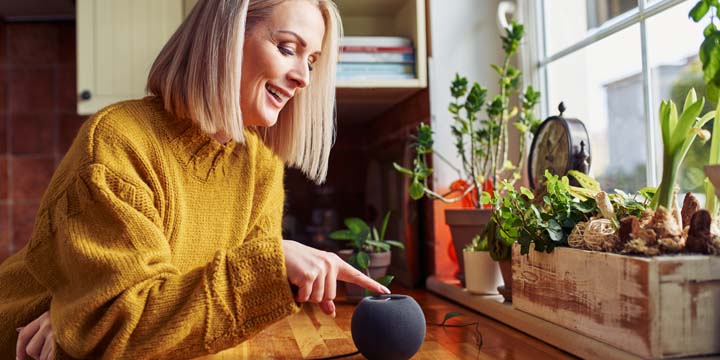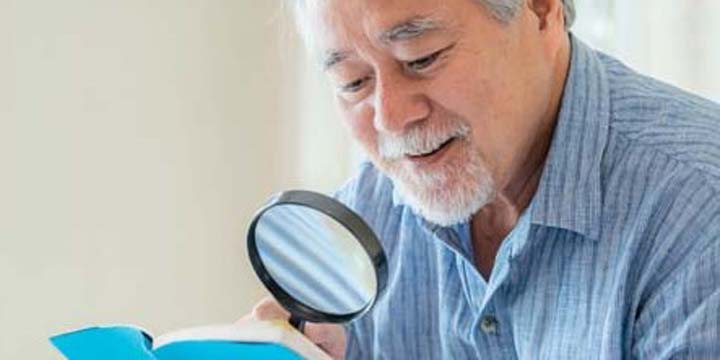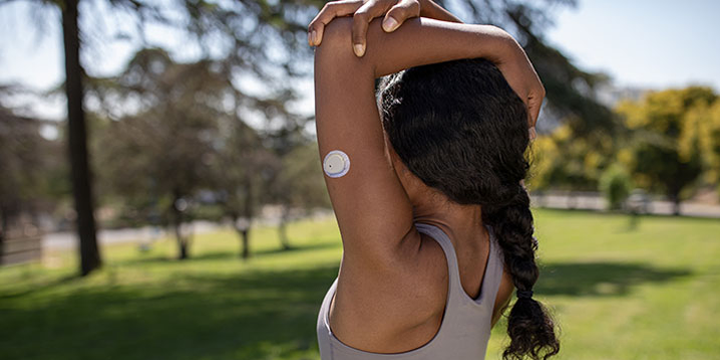
A number of new technologies are available to help seniors manage their diabetes. Some of these technologies may be more appropriate than others. Digital diabetes health for seniors has made advances. Read on to learn more about diabetes and seniors and digital technology.
What diabetes-related technologies are available for seniors?
A number of technologies are available for seniors to assist with insulin administration and blood sugar management, such as:
- Insulin pens, which combine the insulin and syringe in one unit. This makes dosing and administering insulin very convenient. Insulin pens come preloaded with insulin; the user simply attaches a new needle, dials a dose and then injects the insulin.

- Insulin pumps, which are like a tiny computer that delivers insulin into your body through a narrow plastic tube (called a catheter) that goes under your skin. The device releases insulin the way your body naturally would: a steady flow throughout the day and night (basal insulin) and an extra dose at mealtime (bolus insulin) to control your blood sugars.
- Continuous glucose monitoring (CGM), which estimates what your glucose level is every few minutes and keeps track of it over time. A CGM has 3 parts. The first part is a tiny sensor that is inserted under your skin. The second part is a transmitter, which sends the information to the third part, a software program that is stored on a smartphone, insulin pump or receiver.
- A closed loop system, which is composed of an insulin pump and a CGM that ‘talk’ to each other 24 hours a day. It does this through a computer program on your phone or inside the pump. The closed loop system takes readings from the CGM and uses an algorithm to tell an insulin pump how much insulin to deliver.
What other lifestyle technologies are available for seniors?
Besides diabetes technologies, a number of lifestyle technologies are available to help seniors live well and independently. These include:
- Medical alarm services (sometimes called lifeline alarms or personal emergency response systems). These usually involve a pendant that can be worn around the neck or wrist, or affixed to a waistband. There are 2 types of medical alarms: passive and active. Active devices require the user to press a button on the device to trigger an alarm condition; passive systems monitor the user and raise an alarm based on an algorithm, for example, a fall or prolonged lack of activity.
- Virtual assistants such as Siri (for Apple devices), Google Assistant (for registered Google users) and Alexa (for Amazon subscribers) can help people with a number of household activities, including setting timers and controlling lights.

- Home safety and security devices. Apps that you can download on a smart phone include smoke alarms and doorbell alerts that notify you instantly when someone is at your door or motion is detected.
- Smart phone apps can be purchased for a number of seniors’ lifestyle needs, including medication reminders, brain training exercises, video calls, fitness and nutrition regimens, and text to speech for the visually impaired.
What are the potential advantages of these technologies?
A number of recent studies have shown that seniors who use newer technologies for insulin administration and diabetes management (such as insulin pumps, insulin pens and CGM) have improved blood sugar control and a reduced risk of hypoglycemia.
With respect to healthcare resources, the use of these technologies by seniors may also reduce costs related to general management of diabetes as well as management of diabetes complications.
What are the potential limitations of these technologies?
Some medical conditions commonly seen in older adults may reduce the effectiveness of newer diabetes technologies. These include dementia or Alzheimer disease, physical disabilities and other acute- or long-term conditions. Specific issues that may prevent seniors from utilizing newer technologies include:
- Dexterity problems, such as difficulty inserting a CGM sensor or working with pump tubing.
- Visual impairment issues, such as an inability to read CGM readings or calibration prompts, or see the numbers on an insulin pen.

- Hearing impairment issues, such as the inability to hear CGM alarms and alerts, or alarms from an insulin pump malfunction.
- Social isolation and lack of support, including an inability to administer insulin injections alone, change insulin pump sites, or change CGM sensors.
New technologies that are available to help seniors manage their diabetes, as well as their home and life situations, are worth exploring. Find the ones that are right for you and take advantage of their benefits. You may wish to consult your healthcare team specifically about the diabetes technologies that are appropriate for your specific life and health circumstances.




